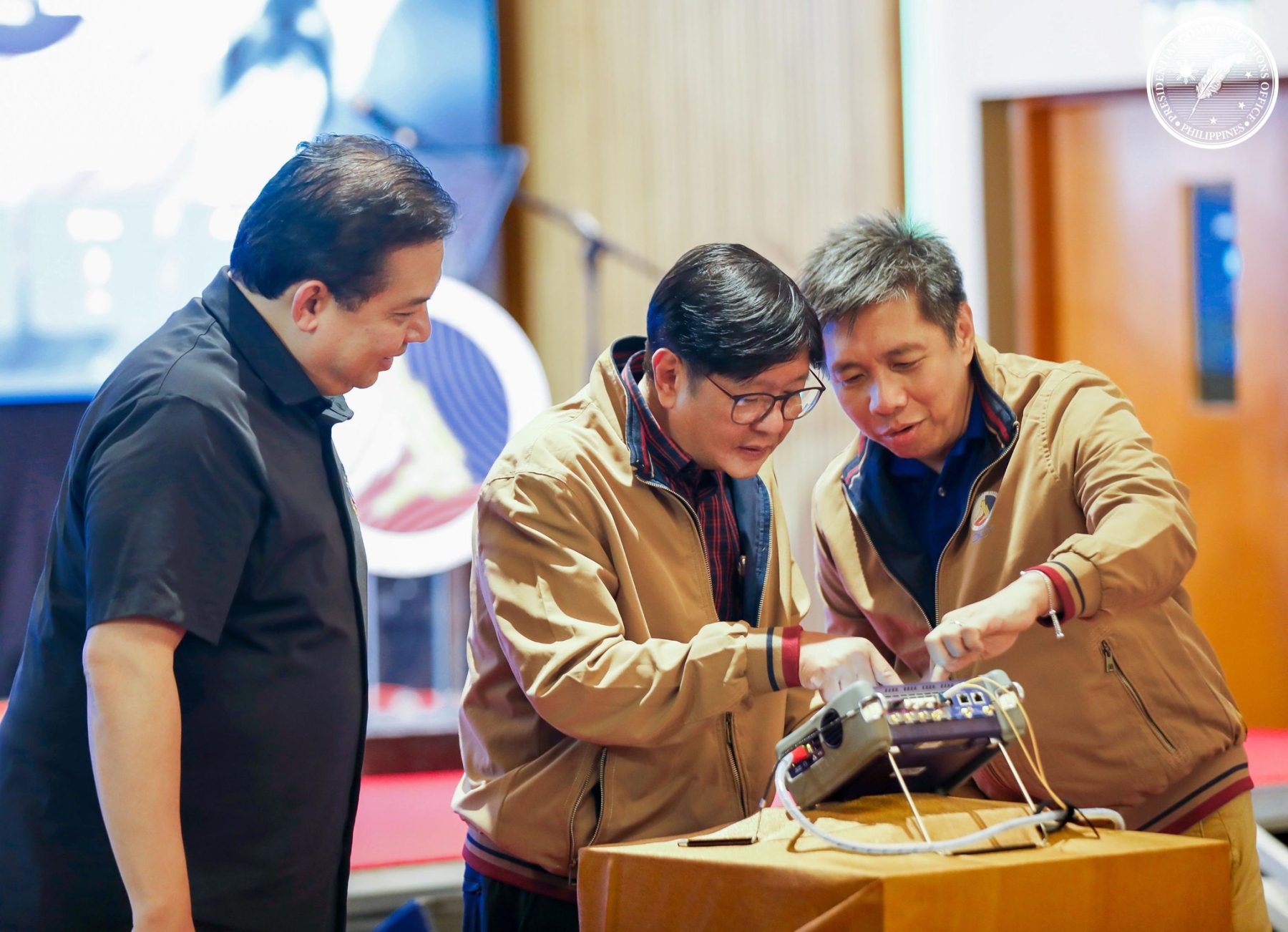
President Ferdinand R. Marcos Jr. on Monday reaffirmed his administration’s unwavering commitment to ensuring fast, reliable, and inclusive internet access for all Filipinos, vowing that no community will be left behind in the country’s digital transformation.
“Pinapangako ko sa inyong lahat na ang ating pamahalaan ay hindi titigil hanggang ang buong bansa ay konektado,” President Marcos said in his speech during the grand launch of Phases 2 and 3 of the National Fiber Backbone (NFB) project held at The Tropics in Palo, Leyte.
President Marcos said every child, elder, farmer, teacher, entrepreneur, healthcare worker, and every Filipino deserves access to opportunities, information, and essential services through technology.
The NFB project, led by the Department of Information and Communications Technology (DICT), is a cornerstone of the government’s broader vision for a digitally empowered and inclusive Philippines.
For his part, Department of Information and Communications Technology (DICT) Secretary Henry Aguda said the expansion of the NFB is a direct response to the President’s call for a government that is responsive, accessible, and technology-driven.
“This is more than laying cable. We are building digital roads, carrying jobs, opportunities, and learning to every island and province,” Aguda said in his speech.
“The NFB connects Filipinos online, in real-time, across distances and differences. When we connect people, we empower them to rise, compete, and lead,” Aguda added.
Aguda called on national agencies, local government units, the private sector, civil society, and the public to unite in support of the country’s digital transformation.
“Let’s push for a Digital Bayanihan na Walang Maiiwan. Let’s build a country where government help is just one click away, where every citizen is seen, heard, and served,” Aguda said.
The expanded phases of the NFB laid down nearly 1,800 kilometers of fiber optic cables across key regions, including Cagayan Valley, CALABARZON, Bicol, Eastern Visayas, and Mindanao. This initiative will bring high-speed internet to at least 17 million Filipinos, further bridging the country’s digital divide.
The new phases are built upon the initial 1,245-kilometer high-speed fiber backbone that now links Laoag, Ilocos Norte, to Quezon City, forming the foundation for a more connected Philippines. | PND

